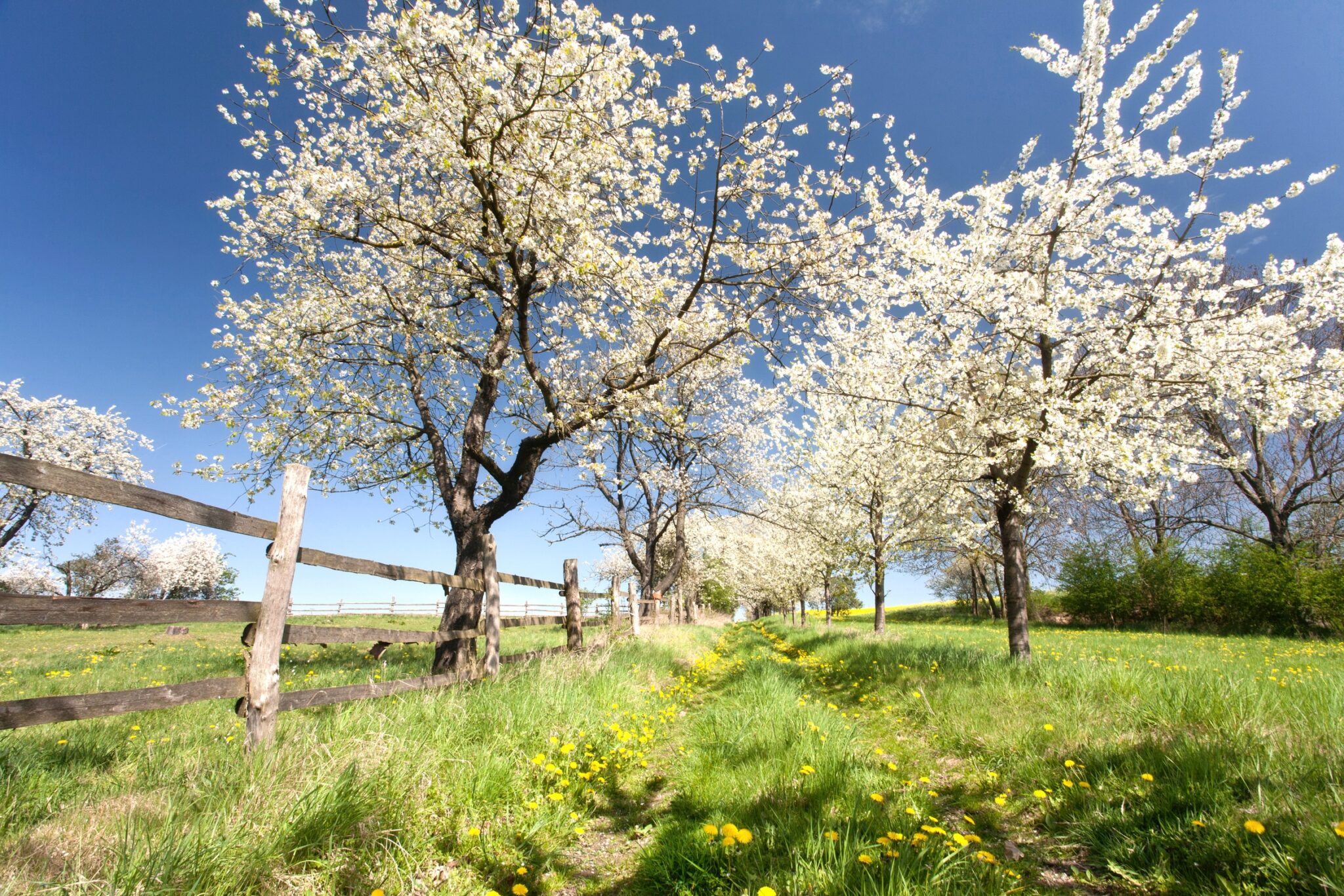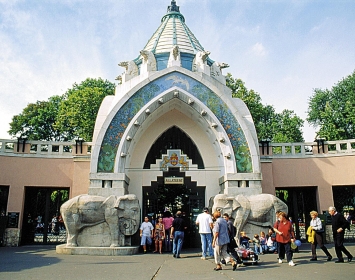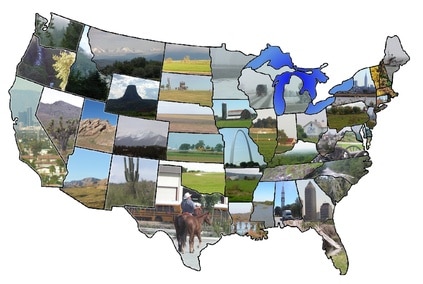Seasonal changes
Spring
-scaled.jpg)
Beginning on March 20, spring is characterised by longer days and the sun higher in the sky. Spring is known as the season of rebirth and this is the season plants and trees take root and grow leafy and green. Due to melting snow, the seas and rivers are full. Rainfall is also heavy, often leading to serious flood situations, which are most common in the hilly areas. As the days grow longer, temperatures rise and plants begin to bud and start their life cycles again. Migrating animals move north and birds build nests, find mates and start their breeding seasons. Most mammals also give birth to their young at this time of the year.
Summer
-scaled.jpg)
Beginning on June 21, summer is the warmest season in the Northern hemisphere. Summer is the season of heat, and the plants and animals continue to grow and thrive in this season. Plants grow and provide food for herbivores, who gain weight and provide food for carnivores. Mammals and birds raise their young. Insects go through their life cycles and lay eggs. Summer is when all animals, including humans, take advantage of the warmer weather to soak up the sunshine and eat fresh foods. Humans grow the fresh food we will eat all year.
Autumn (Fall)
-scaled.jpg)
Beginning on September 22, the temperatures gradually fall and the noon sun appears lower in the sky. Autumn is the ending of the year for plants, and this is the time most crops are harvested to be stored for winter. Days continue to grow shorter. Animals migrate south or prepare for winter sleep called hibernation. Some animals grow warmer fur or feathers and change colour to blend in with coming snow. For many animals this is mating season. The foliage of deciduous trees changes colour and we can admire nature’s most stunning autumn display. In the Arctic, the sun no longer rises above the horizon, leaving this area in darkness for the next six months.
Winter
-scaled.jpg)
Beginning on December 21, the Northern Hemisphere experiences our coldest season – winter. It’s the time people and the earth take a break to get ready for spring and regrowth. This is the season of freezing cold temperatures, snowfall, wind, and ice. Many animals hibernate or sleep a lot to save energy. This helps them survive, because it takes energy to stay warm and in winter there are fewer plants to eat. In certain areas, there is extremely high precipitation in the form of snowfall and some places remain permanently covered with snow. In places where there are blizzards or winter storms a lot of transportation problems are faced. After December 21st the sun is already beginning to climb higher in the sky each day and the days are slowly growing longer.
the season of rebirth – az újjászületés évszaka
to take a root – gyökeret ereszteni
leafy – leveles
melting snow – olvadó hó
rainfall – esőzés
flood – árvíz
hilly – hegyes, hegyvidékes
to grow longer – hosszabbodni
to rise – növekszik, nő
bud – rügy
life cycle – életciklus
migrating animals – vándorló állatok
breeding season – tenyészidő
mammal – emlős
hemisphere – félteke
heat – hőség, hő
to thrive – gyarapodni, nőni
herbivore – növényevő
to gain weight – gyarapodni (súlyban)
carnivore – húsevő
insect – rovar
to lay eggs – tojást rakni
to soak up the sunshine – magába szívni a napsütést
gradually – fokozatosan
crops – termés
to be harvested – learatva lenni
to migrate – vándorolni, vonulni
hibernation – téli álom
to blend in with – beleolvadni a háttérbe
mating season – párosodási időszak
foliage – lomb(korona)
deciduous tree – lombhullató fa
display – bemutatás, kiállítás
to experience – átélni, tapasztalni
freezing – fagyos
snowfall – hóesés
to save energy – energiát spórolni
to survive – túlélni
precipitation – csapadék
permanently – tartósan, maradandóan
blizzard – hóvihar






